Grape Ape
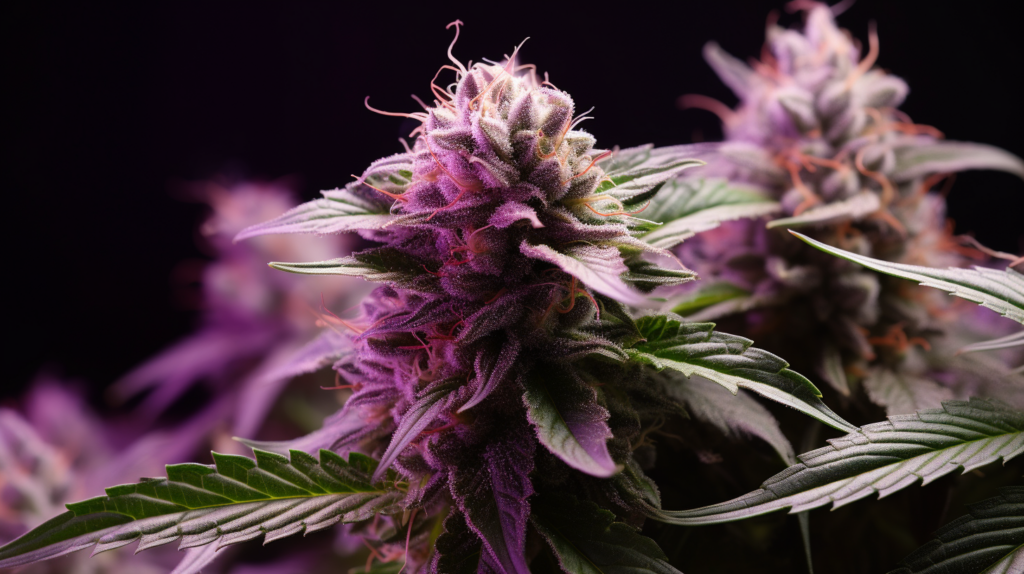
The Grape Ape Strain, a predominant indica hybrid, is renowned for its unique coloration and potent effects. A cross between strains such as Mendocino Purps, Skunk, and Afghani, this strain boasts a complex genetic lineage that contributes to its deep purple hue and dense, trichome-laden buds.
With a THC content that can reach significant levels, it is particularly favored for its potential therapeutic properties, offering relief from chronic pain, anxiety, and stress. The strain’s terpene profile is highlighted by a sweet grape-like aroma, complementing its sedative qualities.
Cultivators appreciate Grape Ape for its adaptability to both indoor and outdoor environments, though it requires attentive care to reach its full potential. Its side effects, such as dry mouth and eyes, are typical of cannabis use.
Grape Ape’s contribution to the medicinal and recreational markets underscores its status as a distinguished and sought-after variety.
Genetic Lineage
The genetic lineage of Grape Ape strain comprises Mendocino Purps, Skunk #1, and an Afghani landrace, each contributing distinct characteristics to this esteemed cultivar.
Bred by Apothecary Genetics and also available through Barneys, Grape Ape is revered for its robust genetic framework.
The Mendocino Purps heritage endows it with a sweet grape flavor and a striking purple hue, signifying its mostly indica properties.
Skunk #1, a legendary hybrid in its own right, imparts a balanced blend of vigor and resilience, enhancing the strain’s adaptability and potency.
The Afghani landrace, a cornerstone of indica genetics, confers a sturdy growth structure and deep relaxation effects, solidifying Grape Ape’s reputation as a powerhouse amongst connoisseurs and cultivators alike.
History and Origin
Originating in the fertile cannabis landscape of California in 2004, the Grape Ape strain is a distinctive creation by Apothecary Genetics, showcasing a rich lineage that combines Mendocino Purps, Skunk, and Afghani genetics.
This meticulously crafted hybrid was the brainchild of Bret Bogue, who utilized his extensive knowledge of cannabis genetics to develop a strain with both visual allure and potent effects.
The collaboration between Apothecary Genetics and Barneys Farm, a renowned seed bank, has made Grape Ape’s seeds widely accessible to cultivators.
Its remarkable quality and consistency have earned Grape Ape accolades in prestigious competitions, including the High Times Medical Cup.
This acknowledgment cements its status as a premier strain, celebrated for its deep hues, complex aroma, and robust genetic profile.
THC/CBD Content
Grape Ape strain features a THC content that typically ranges from 18% to 21%, with negligible CBD levels at 0%. This robust THC/CBD content profile is a direct reflection of its genetics, contributing to the strain’s pronounced effects and distinct Grape Ape tastes.
Here are key points to consider:
-
Potency: With the THC levels reaching up to 21%, Grape Ape’s buds are capable of delivering strong psychoactive effects, appealing to experienced users seeking intensity.
-
Flavor Profile: The minimal CBD content underscores a flavor profile that is not mitigated by the therapeutic attributes often associated with CBD, allowing the rich grape-like taste of Grape Ape to shine through.
-
Therapeutic Implications: The high THC and low CBD composition suggests that Grape Ape may be more suitable for recreational use rather than for users seeking CBD’s therapeutic effects.
Terpene Profile
While the Grape Ape strain is renowned for its potent effects, its distinctive aromatic profile is primarily attributed to a rich terpene composition that includes myrcene, pinene, caryophyllene, and limonene. The grape taste is a hallmark of the strain, with a palate that offers more than just a hint of notes of grape—it’s a symphony of fruity than skunky nuances, with a bouquet reminiscent of grape and berries.
| Terpene | Aromatic Influence |
|---|---|
| Myrcene | Enhances the grape taste, adds earthiness |
| Pinene | Contributes to an invigorating pine aroma |
| Caryophyllene | Spicy edge that balances the fruity sweetness |
| Limonene | Bright, citrus notes that uplift the berry-like fragrance |
In examining these components, one can appreciate the complex interplay that results in Grape Ape’s signature scent profile.
Effects
The Grape Ape strain delivers profound relaxation and sedative effects, transitioning seamlessly from its aromatic allure to its potent therapeutic impact. Users often describe the experience as a significant body high that is particularly beneficial after a stressful day. The strain’s efficacy is attributable to its high THC content, which provides similar effects to other high-THC strains, albeit with its unique grape-like flavor profile.
Here are key effects users might experience:
- A gradual onset of deep physical relaxation, effectively alleviating muscle tension and pain.
- Mental tranquility that aids in stress and anxiety reduction, promoting calm and restfulness.
- The potential for increased appetite, which can be a boon for those needing to stimulate hunger.
Despite the profound effects, the Grape Ape strain typically offers moderate yields when cultivated, making its quality and potency essential factors for its therapeutic efficacy.
Medical Uses
For patients managing chronic pain conditions such as migraines and arthritis, the Grape Ape strain serves as a potent analgesic. With a lineage that ensures it grows well in various conditions, this Ape strain has been cultivated to produce not only the characteristic deep purple leaves but also a robust cannabinoid profile suitable for various medical uses. Its efficacy in delivering profound body relaxation makes it an excellent candidate for those seeking respite from the taxing demands of chronic discomfort.
| Benefit | Symptom Relief | Notes |
|---|---|---|
| Pain Management | Migraines, Arthritis | Potent analgesic properties |
| Mental Health | Anxiety, Depression, PTSD | Mood-stabilizing effects |
| Relaxation/Sleep | Insomnia, Stress | May induce couch-lock and deep sleep |
An analytical evaluation of Grape Ape’s medical potential reveals a distinct profile geared towards providing significant therapeutic relief.
Flavor and Aroma
Delving into the flavor and aroma of the Grape Ape strain, connoisseurs are immediately struck by its pronounced notes of grape and berry that are underscored by a sweet, earthy bouquet. This strain harmoniously marries its visual appeal—an alluring purple hue—with a sensory profile that entices both novice and seasoned users alike.
Key aspects of Grape Ape’s flavor and aroma profile include:
- A dominant grape essence that is authentically reminiscent of ripe vineyard produce.
- An accompanying berry sweetness that adds a complex, fruity undertone to the overall tasting experience.
- The presence of myrcene and pinene terpenes that enhance the sweet, earthy base while the slightly harsh smoke provides a robust finish.
The analytical evaluation of Grape Ape reveals a meticulously balanced flavor and aroma, each draw inviting a deeper exploration of its purple-tinted subtleties.
Appearance
Grape Ape’s appearance is distinguished by its vibrant purple and green hues, with densely packed buds that showcase a tapestry of red and copper stigmas in certain phenotypes. The buds are enveloped in deep purple, a visual testament to the strain’s indica heritage and meticulous cultivation.
Observers will note the tightly-curled leaves, which contribute to the overall dense structure of the flower, enhancing its bag appeal and hinting at the potency concealed within. The deep purple that adorns the foliage is not just an aesthetic attribute but also a marker of the strain’s richness in anthocyanins, compounds known for their antioxidant properties.
Each nugget is wreathed in deep purple, creating a striking contrast that makes Grape Ape a memorable and enticing choice for connoisseurs and casual consumers alike.
Grow Information
Cultivators of the visually striking Grape Ape strain must consider specific horticultural practices to ensure the health and productivity of their plants. This indica-dominant hybrid, propagated by Apothecary Genetics, grows well both indoors and outdoors, appealing to a variety of growers. However, certain phenotypes may present unique challenges, particularly for the novice.
To achieve optimal results, consider the following:
-
Indoor Cultivation: Employ topping or trimming techniques to manage the canopy and enhance light penetration to lower branches, critical for even growth and bud development.
-
Outdoor Growth: Leverage Grape Ape’s natural resistance to pests and diseases, but remain vigilant to environmental stressors that could affect plant health.
-
Flowering Time: Monitor the plants closely during the 7 to 8-week flowering phase to ensure a timely and abundant harvest of the strain’s characteristically dense flowers.
Adverse Effects
Experiencing dry mouth, dry eyes, and occasional dizziness ranks among the primary adverse effects reported by users of the Grape Ape cannabis strain. These symptoms are not unique to Grape Ape; similar strains, such as Gorilla Glue, also share these common cannabis-induced discomforts.
Analyzing user feedback reveals that while the dryness of the mouth and eyes can usually be mitigated with increased hydration and the use of eye drops, the dizziness can be somewhat more disconcerting, potentially limiting the activities in which a user can safely engage post-consumption.
It’s important to note that any cannabis-related content, including discussions on adverse effects, should be approached with a Privacy Policy in place to protect user data and experiences shared for educational purposes. This ensures that personal experiences contribute to collective knowledge while respecting individual privacy.
Comparisons with Similar Strains
Understanding of the unique characteristics of Grape Ape is further deepened by comparing its effects and flavors to those of other indica-dominant strains such as Granddaddy Purple and Purple Urkle. With a nuanced eye towards the subtleties that distinguish these cultivars:
-
Potency and Effects:
- Grape Ape, akin to Purple Ape, often presents a THC range that is competitive with similar strains.
- Its buds are wreathed in deep purple hues, and it delivers a profound calming effect.
- In contrast, Granddaddy Purple may offer a slightly more euphoric high, while Purple Urkle is known for its sedative qualities.
-
Flavor Profile:
- All three strains boast a fruity and sweet palate.
- Grape Ape’s pronounced grape flavor is particularly evocative of the West Coast’s fondness for bold, grape-like terpenes.
-
Therapeutic Use:
- Each strain provides relief from ailments such as pain and stress.
- Grape Ape’s balanced relaxation is especially suitable for combating insomnia and anxiety.
Research and Studies
The research on the Grape Ape strain has primarily focused on its potential medicinal applications due to its significant THC content and distinct terpene profile. Deep dives into its therapeutic efficacy reveal promising avenues, particularly concerning the management of chronic pain, anxiety, and depression.
As apothecaries and researchers scrutinize the rich tapestry of compounds within Grape Ape, attention is drawn to its substantial buds, which are large and dense, offering a plentiful source of the cannabinoids and terpenes under study. The leaves of Grape Ape, saturated with trichomes, also warrant examination for their full spectrum of active ingredients.
Such detailed analysis is vital in understanding Grape Ape’s full potential and in tailoring its use to maximize medicinal benefits.
Frequently Asked Questions
Is Grape Ape a Sativa or Indica?
The query pertains to the categorization of a cannabis variety, considering its genetic origin, flavor profile, growth habits, and cultivation tips. The subject variety is an indica, distinguished by its relaxing effects and growth characteristics.
What Are the Effects of the Ape Strain?
The effects include a notable relaxation boost, mood elevation, significant pain relief, and anxiety reduction. These therapeutic benefits are underscored by a deep body stone, conducive to stress alleviation and improved overall well-being.
Is Grape Ape Potent?
Considering its genetic composition, the subject exhibits notable potency, with its aroma profile and medical applications suggesting a robust therapeutic impact. Cultivation challenges notwithstanding, its efficacy in pain relief underscores its potent nature.
Is Grape Ape Strain Good for Sleep?
The indica-dominant characteristics of certain cannabis strains are associated with promoting sleep. Such strains offer deep relaxation, which can alleviate insomnia and encourage restfulness in individuals with sleep disturbances.

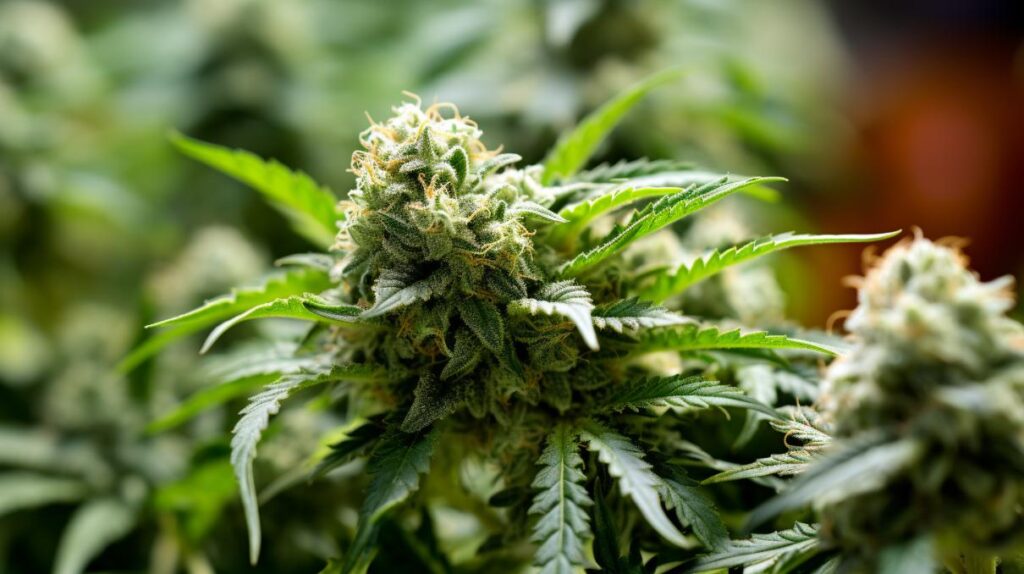
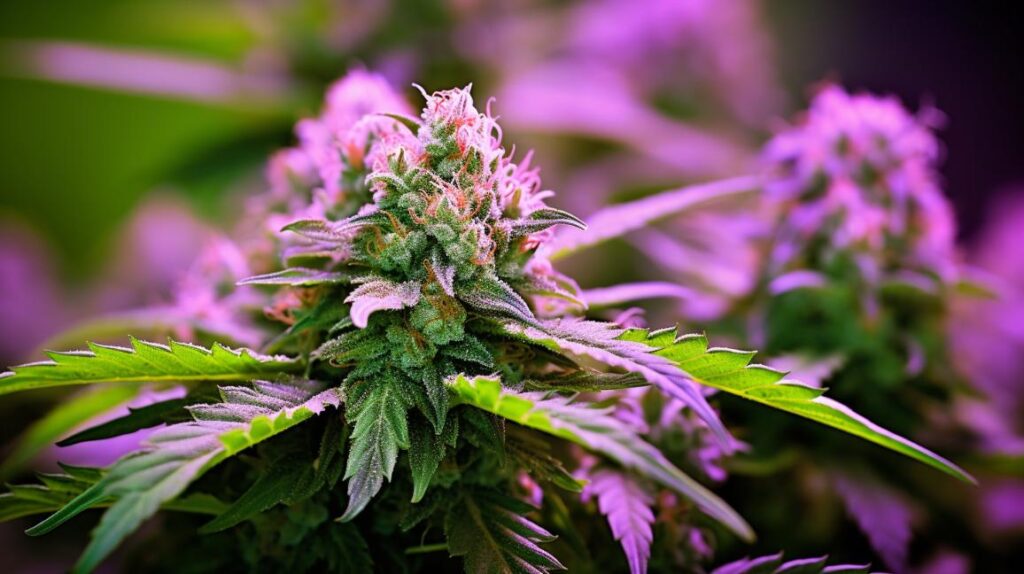
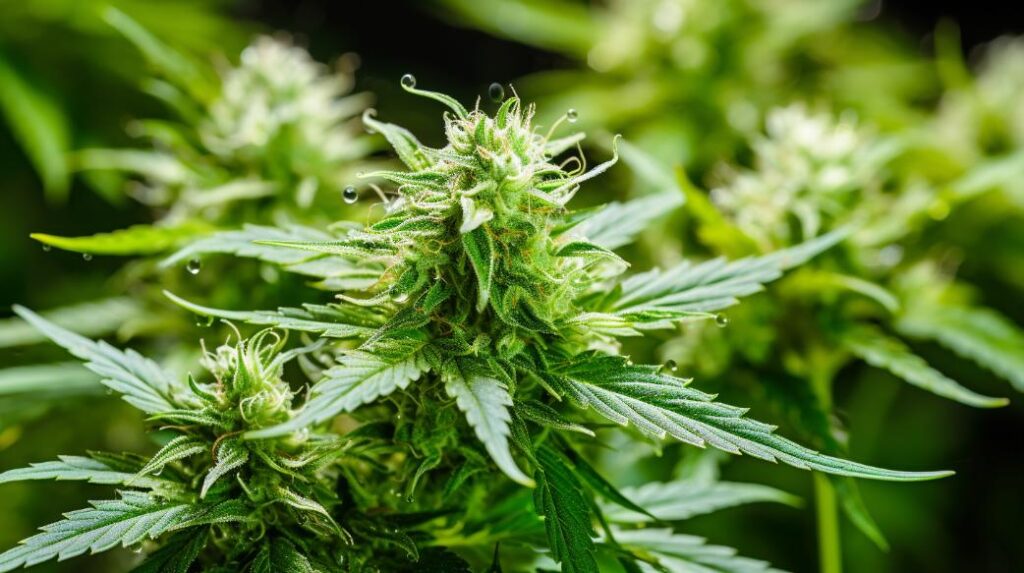
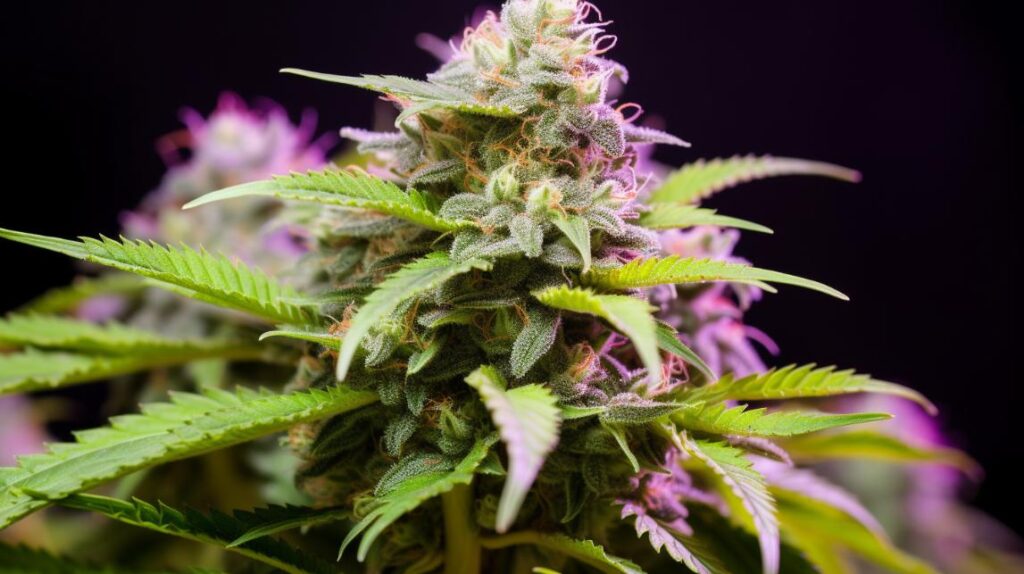
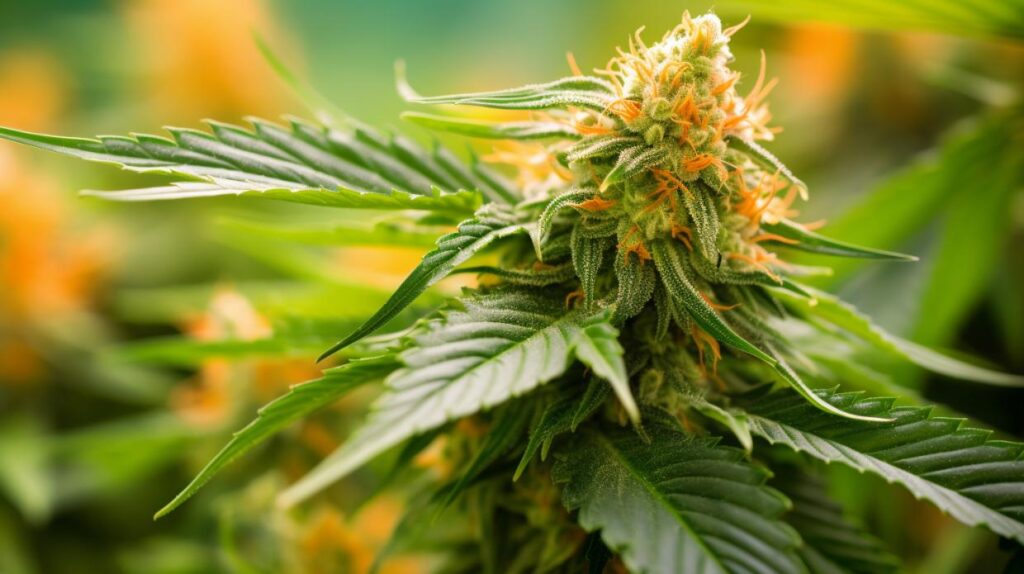

Responses